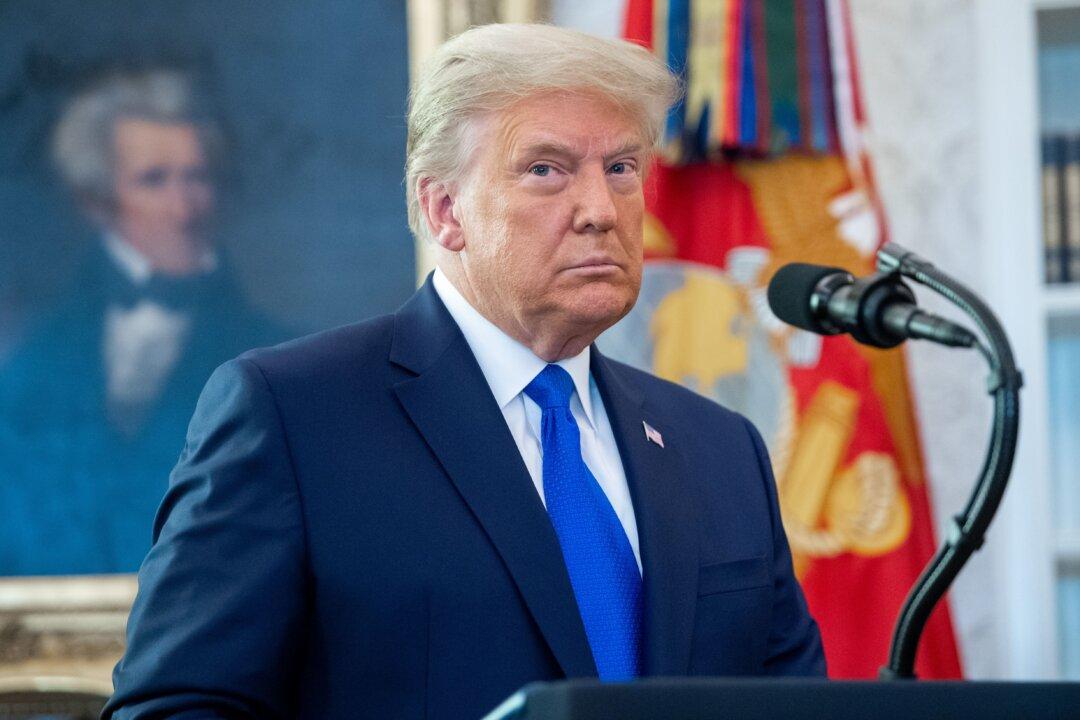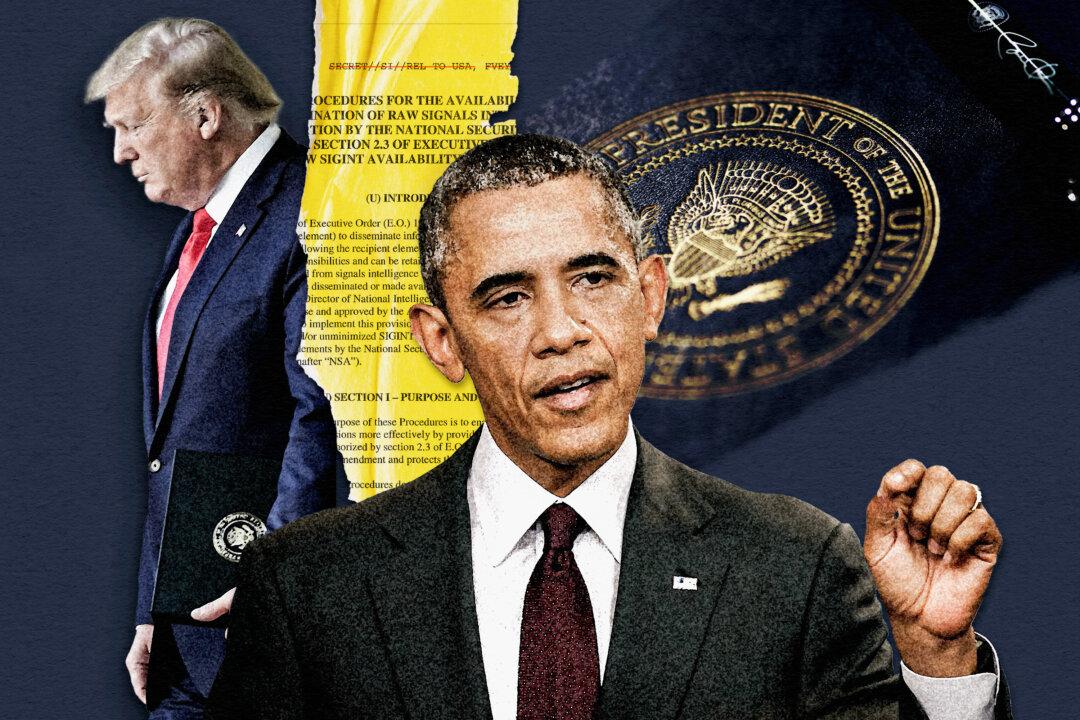Commentary
Viewpoints
Opinion
WHO Failed to Investigate Deleted Virology Database and Evidence Indicating Earlier Start of Pandemic

WHO Director General Tedros Adhanom (L) shakes hands with Chinese Communist Party leader Xi Jinping before a meeting in Beijing on Jan. 28, 2020. Naohiko Hatta/Pool/Getty Images
Author’s Selected Articles





